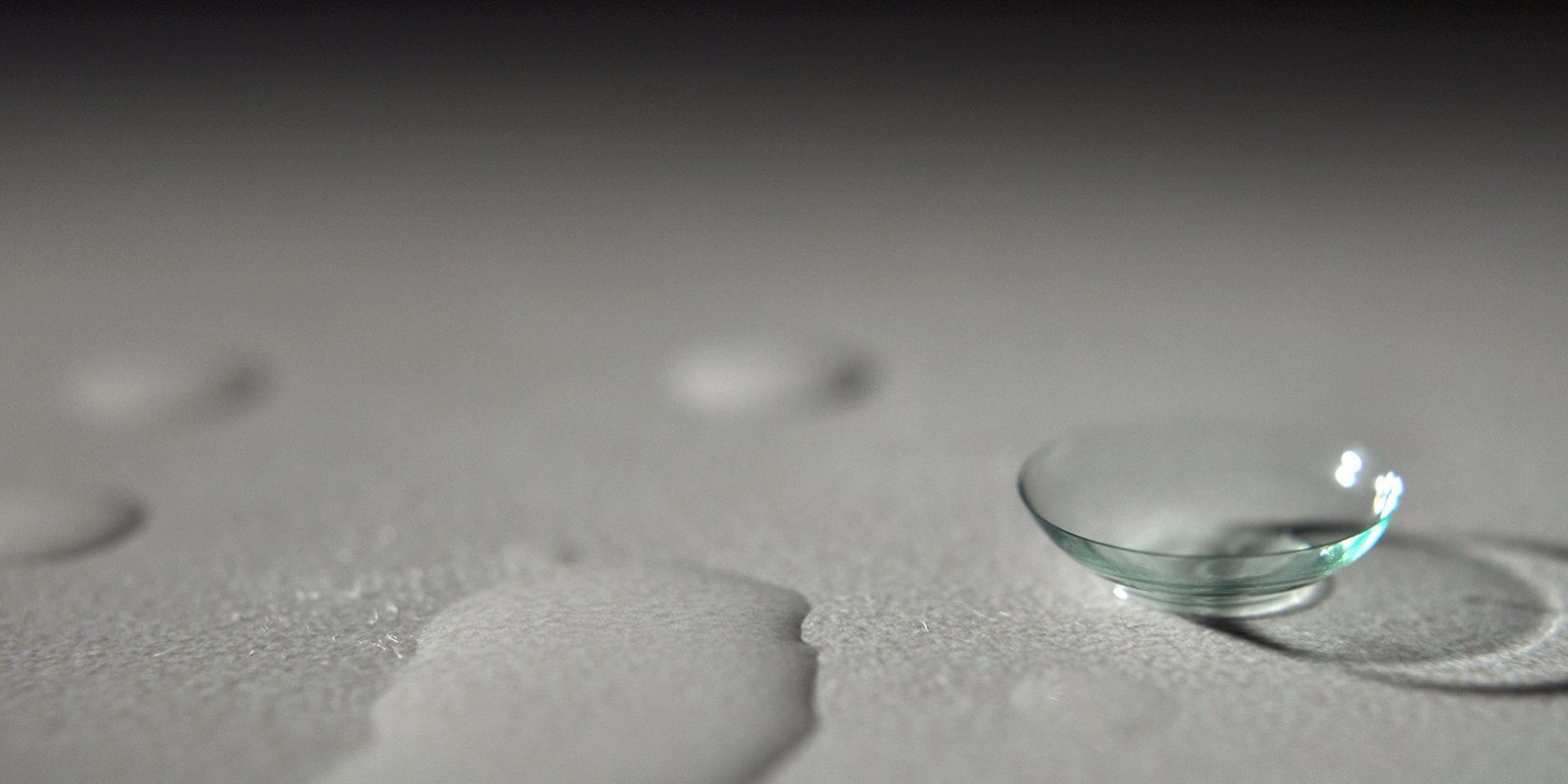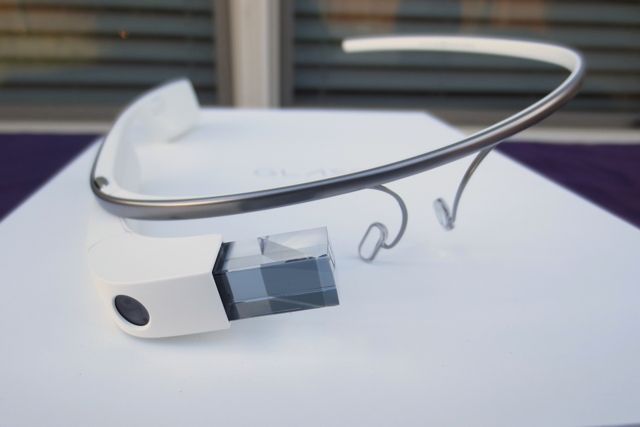Even though it's not commonplace yet, Google Glass is already old news. Google is working on a new smart contact lens project.
Announced in January 2014, a contact lens which displays information is both an intimidating and amazing thought. It feels like something from science fiction, conjuring up images of the Terminator and Bionic Woman.
This technology, perhaps Google Glass' successor, is just around the corner.
How It Works
This isn't a new idea: Babak Parviz, a major driving force behind Google Glass, was working on a lens-based concept back in 2008, theorising how optoelectronic components could aid a central display made from hundreds of LEDs.
Though he can also see a point to less complex displays – even a single pixel, he argues, could "aid people with impaired hearing or be incorporated as an indicator into computer games" – Parviz can see great potential in presenting images and information, especially when connected to the Internet.
In its simplest form, an antenna would pick up RF (Radio Frequency) emissions, transform them through Integrated Circuits, only a few nanometres in thickness, and convert that into voltage to power the LEDs via a chip.
Information – images, charts, or text – is then displayed on Fresnel Lenses, micro lens used for diffraction and reflection to help the retina focus, integrated in the actual contact lens, made from polyethylene terephthalate (PET).
One of the main issues currently is the size of the antenna: obviously its context limits its size and thus limits its function. Having to fit in with both the physiognomy of the eye and the minute qualities of the lens, present antenna designs are around 5mm in radius, and 0.5mm wide. However, this can only collect a narrow amount of data – and its proximity to a transmitter also restricts its capabilities.
What's Wrong With Google Glass (And Similar Products)?
So far, the world hasn't taken to Google Glass. That's probably because it's far too expensive to become as standard as, say, a $299 64GB iPhone. When we reviewed it, it wasn't a bad experience. It was cool and at least somewhat functional (though there was definitely a problem with battery life). But frankly, it wasn't worth it. Yet.
There were very mixed responses across the Internet – that includes MakeUseOf readers - but there will always be cynics. That hasn't stopped Google ploughing on and creating apps which they maintain will be 100% ad-free.
Perhaps the main argument against Google Glass is: what's the point?!
That might sound unfair; it does have its uses beyond looking a bit geeky and futuristic. Not all Glass wearers will be involved in car accidents. And you can now (obviously in select opticians) buy prescription spectacles with Google Glass as an added - and pricey - extra.
The contact lens project, however, has a major advantage...
Medical Applications
The so-called 'bionic' contact lens isn't just a means of entertainment. When Google first introduced the idea, it was said to aid those with diabetes. Diabetes is incurable and Google describes it as "like having a part-time job."
Those with Type 1 diabetes have to prick their fingers to analyse their blood sugar levels. It can be a painful and irritating thing to do: some feel like "human pin cushions", some rebel against it, and others keep forgetting. It's especially a problem amongst teenagers.
That's why there is ongoing research into how glucose can be measured, the most likely candidate so far being analysing tears.
Google is investigating how a minute glucose monitor and wireless chip could be suspended between two layers of PET. By integrating LEDs into this circuit, diabetics could see an imbalance in the central display and potentially get an 'early warning.'
There may be further medical applications too. Could, for instance, smart technology contact lenses aid those with colour deficiencies? Colour blindness can be a hindrance in everyday life, especially if you're interested in art or electronics! Some countries also stop those suffering from colour blindness from obtaining a driving license, mainly for fears about traffic lights.
There's no treatment for colour blindness. But there are filters, glasses, and contact lenses available to increase brightness and contrast between colours. It's not that hard to imagine that similar concepts could be applied through 'bionic' lenses.
Nonetheless, these filters can often disorientate people with colour deficiencies, so development might not be advantageous. Colour blindness often doesn't bother those 'suffering' from it!
Will They Really Succeed Google Glass?
Whether these new contact lenses replace Google Glass depends on whether people take up new technology. Google Glass has suffered for its high price point, meaning it's not been adopted by the mainstream. That won't last though. Eventually, Google Glass might become as commonplace as tablets.
Regardless, they're controversial. People feel they're just a device for being monitored. One writer in San Francisco was even attacked for merely showing someone how they worked. At least contact lenses are more subtle and probably won't get you assaulted. That doesn't mean the idea isn't unsettling...
The contact lenses are arguably more useful, particularly for diabetics. Surely that's the USP? Google were obviously keen to stress the medical benefits. Then again, many are squeamish and simply won't put contact lenses in.
Personally, I can't see them taking hold of the world, but a certain section of society will very likely adopt the technology. Maybe 'bionic' contact lenses won't succeed Google Glass (and similar products) but it's quite likely the two will go hand-in-hand.
Would you try LED contact lenses? Do you prefer Google Glass? Or do both ideas make your skin crawl? Let us know below!
Image Credits: Contact Lense By Andy Simmons.


